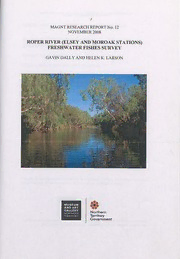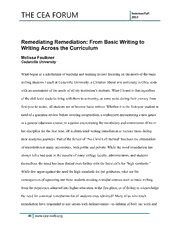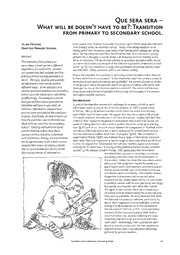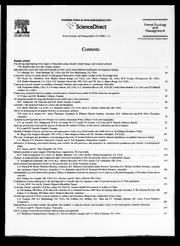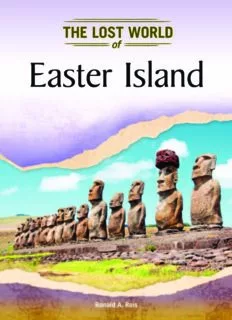
Easter Island (Lost Worlds and Mysterious Civilizations) PDF
Preview Easter Island (Lost Worlds and Mysterious Civilizations)
LOST WORLDS AND MYSTERIOUS CIVILIZATIONS Easter Island EEaasstteerrIIssllaanndd__FF..iinndddd 11 1100//1133//1111 1111::5522 AAMM LOST WORLDS AND MYSTERIOUS CIVILIZATIONS Atlantis Easter Island El Dorado Th e Maya Nubia Pompeii Roanoke Troy EEaasstteerrIIssllaanndd__FF..iinndddd 22 1100//1133//1111 1111::5533 AAMM LOST WORLDS AND MYSTERIOUS CIVILIZATIONS Easter Island Ronald A. Reis EEaasstteerrIIssllaanndd__FF22..iinndddd 33 1100//2211//1111 1111::2299 AAMM Easter Island Copyright ©2012 by Infobase Learning All rights reserved. No part of this book may be reproduced or utilized in any form or by any means, electronic or mechanical, including photocopying, recording, or by any information storage or retrieval systems, without permission in writing from the publisher. For information contact: Chelsea House An imprint of Infobase Learning 132 West 31st Street New York NY 10001 Library of Congress Cataloging-in-Publication Data Reis, Ronald A. Easter Island / by Ronald A. Reis. p. cm. — (Lost worlds and mysterious civilizations) Includes bibliographical references and index. ISBN 978-1-60413-972-3 (hardcover) ISBN 978-1-4381-3962-3 (e-book) 1. Easter Island—Juvenile literature. I. Title. F3169.R45 2011 996.1’8—dc22 2011011611 Chelsea House books are available at special discounts when purchased in bulk quantities for businesses, associations, institutions, or sales promotions. Please call our Special Sales Department in New York at (212) 967-8800 or (800) 322-8755. You can find Chelsea House on the World Wide Web at http://www.infobaselearning.com Text design by Erika K. Arroyo Cover design by Alicia Post Composition by EJB Publishing Services Cover printed by Bang Printing, Brainerd, MN Book printed and bound by Bang Printing, Brainerd, MN Date printed: November 2011 Printed in the United States of America 10 9 8 7 6 5 4 3 2 1 This book is printed on acid-free paper. All links and Web addresses were checked and verified to be correct at the time of publication. Because of the dynamic nature of the Web, some addresses and links may have changed since publication and may no longer be valid. Contents 1 Polynesian Wayfinders 7 2 The Center of the World 16 3 Megalithic Monuments 28 4 Collapse 39 5 Sacred Birdmen 51 6 Western Contact and Rapanui Response 62 7 The Lost Century 74 8 Research and Renewal 85 Chronology 97 Timeline 98 Glossary 100 Bibliography 102 Further Resources 106 Picture Credits 108 Index 109 About the Author 116 EEaasstteerrIIssllaanndd__FF..iinndddd 55 1100//1133//1111 1111::5533 AAMM EEaasstteerrIIssllaanndd__FF..iinndddd 66 1100//1133//1111 1111::5533 AAMM 11 PPoollyynneessiiaann WWaayyffiinnddeerrss Perhaps as many as a thousand years before Christopher Columbus left the safety and familiarity of continental Europe to venture west, out across the uncharted Atlantic, the Polynesian king Hotu Matu’a (Great Parent), along with 200 to 300 men, women, and children, sailed east into the vast openness of the eastern Pacifi c. Unlike Columbus, however, Hotu Matu’a was on a voyage of discovery, exploration, and, signifi cantly, colonization. Having been defeated in battle and, as a consequence, exiled in search of an unknown land, the king had little choice in taking to the sea. According to legend, aft er launching two 90-foot-long, 6-foot-deep (27-meters-long, 1.8-m-deep) canoes, which may have taken three years to carve out with stone axes from giant tree trunks, the king and his voyag- ers set out from Hiva (in the Marquesas Islands group), with a coconut- leaf sail unfurled and paddlers straining against the ocean currents and opposing winds. Or they may have departed from Mangareva, an island a thousand miles southeast of Tahiti, in what is today French Polynesia. Th e two canoes, strapped together to form a catamaran, were joined by a bridge, from which a mast arose. A small, thatched-roof shelter pro- vided some protection from the elements. As a colonizing venture, not just one of discovery and exploration, the catamaran carried not only ample supplies for a journey of weeks, if not months, but enough fl ora and fauna to establish a new settlement. A 50-foot (15-m) canoe was capable of car- rying upward of 18,000 pounds (8,165 kilograms), so there was no prob- lem in storing plentiful supplies plus crew and passengers. 7 EEaasstteerrIIssllaanndd__FF..iinndddd 77 1100//1133//1111 1111::5533 AAMM 8 EASTER ISLAND But the journey now to be undertaken, abundant provisions aside, was fraught with danger and uncertainty. A stout vessel, with a strong crew having a thorough understanding of marine ecology, not to mention celestial navigation, was required if the voyagers were to have any chance of fi nding a new place to inhabit. Yet, Hotu Matu’a, or Polynesians like him, did miraculously suc- ceed in chasing the rising sun for weeks on end to discover and colonize a land that is, even today, considered the most remotely, continuously inhabited place on Earth. Twenty-fi ve-hundred miles east of Tahiti, and almost an equal distance west from mainland Chile, Easter Island, a 64-square-mile speck in the southeast Pacifi c, was, indeed, discovered and settled. Hotu Matu’a, upon sighting the island, was said to have fi rst circumnavigated the triangular-shaped, cliff -hanging volcanic haven three times, then, seeing a small beach, landed his founding party at what is today Anakena. Hotu Matu’a and his weary voyagers, upon arriving on Easter Island (also known as Rapa Nui), found a subtropical refuge but no tropical para- dise. At the time, though the island was blessed with tall palm trees, of which there may have been as many as 16 million, there were no mammals or fruit-bearing trees and no protective reefs. Luckily, the voyagers came prepared, with the tools, food, plants, and animals they needed to begin a new life, one in which their descendants for 25 to 50 generations hence were destined to live out in complete isolation—cut off from all other human contact. MIGRATORY ADVANCEMENT Th e Polynesians’ ever eastward, island-grabbing infusion into the Pacifi c, culminating in the settlement of distant Easter Island, would turn out to be the last leg of a human migration that began 50,000 years ago, the ori- gins of which can be traced to the heart of East Africa, a half a world away. Beginning much earlier with Homo erectus, to be followed by Homo heidelbergensis, then Homo neanderthalensis, our predecessors migrated north, out of Africa, into Europe, through Asia, to as far as the island of Borneo, part of present-day Malaysia and Indonesia. All three of these early groups died out, however. With Homo sapiens (modern humans), the migrations were even more far fl ung, and, of course, more successful, since the species survives today to, among other things, read this book. EEaasstteerrIIssllaanndd__FF..iinndddd 88 1100//1133//1111 1111::5533 AAMM Polynesian Wayfinders 9 Early Polynesians living in the Pacifi c used canoes to hunt, travel, and colonize other islands in the region. An exiled Polynesian king and a small group of his followers were possibly the fi rst to inhabit Easter Island, a small piece of land located between Tahiti and Chile. About 40,000 years ago, our ancestors reached into China, down through Southeast Asia, and onto the Australian continent. Th e last great ice age of 40,000 to 60,000 years ago, which locked up in glaciers millions of cubic miles of precipitation that would normally have gone into the oceans, dropped the level of the sea as much as 300 feet. As a consequence, migration across numerous land bridges joining most of Southeast Asia, as well as New Guinea, Australia, and Tasmania, became feasible. Homo sapiens moved ever eastward. Th e majority could walk to their new homes. Signifi cantly, however, a few innovators developed some sort of maritime technology, which allowed them to travel and explore off shore. “By 40,000 years ago they had reached islands that stretched, chain-like, from New Guinea’s south-east coast—New Britain and New Ireland,” wrote K.R. Howe, in Vaka Moana: Voyages of the Ancestors. “Although these islands were in sight of each other, there were others far beyond the horizon that were, nevertheless, EEaasstteerrIIssllaanndd__FF..iinndddd 99 1100//1133//1111 1111::5533 AAMM
Description:The list of books you might like

The 48 Laws of Power

The 48 Laws of Power

Shatter Me Complete Collection (Shatter Me; Destroy Me; Unravel Me; Fracture Me; Ignite Me)

What Happened to You?
![BNL - Superconducting Accelerator Magnets [presentation slides] book image](https://cdn.pdfdrive.to/media/content/thumbnails/e210c065-f8e6-4d85-899f-6262e2e9ed29.webp)
BNL - Superconducting Accelerator Magnets [presentation slides]
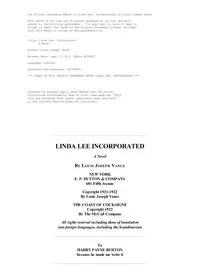
Linda Lee Incorporated by Louis Joseph Vance
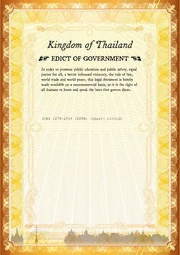
TCPS 1275-2549: Piccolo

Intracranial Pressure VIII

A Defense of the Nicene Definition (De Decretis)
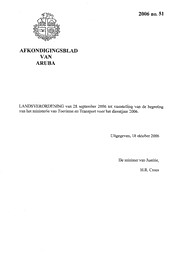
Afkondigingsblad van Aruba 2006 no. 51
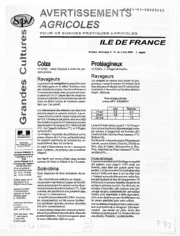
Avertissements Agricoles - Grandes cultures - Ile de France - 2006 - 14
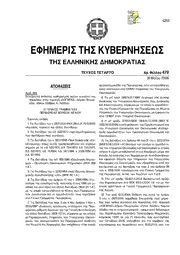
Greek Government Gazette: Part 4, 2006 no. 479

Fundamentals of Risk Management: Understanding, Evaluating and Implementing Effective Enterprise Risk Management
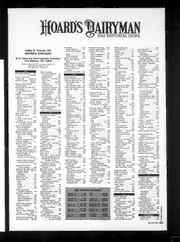
Hoard's Dairyman 2010: Vol 155 Index
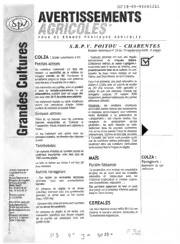
Avertissements Agricoles - Grandes cultures - Poitou Charentes - 2006 - 24
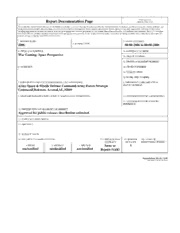
DTIC ADA520646: War Gaming: Space Perspective
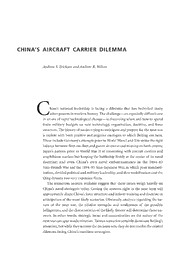
DTIC ADA519352: China's Aircraft Carrier Dilemma
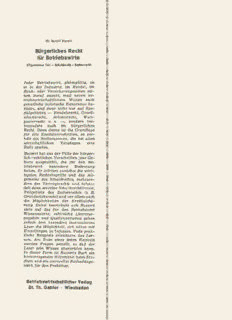
Bürgerliches Recht für Betriebswirte: Allgemeiner Teil — Schuldrecht — Sachenrecht
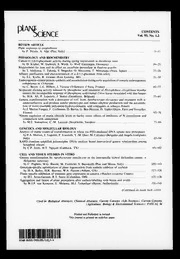
Plant Science 1993: Vol 93 Table of Contents
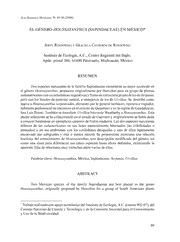
El género Houssayanthus (Sapindaceae) en México
